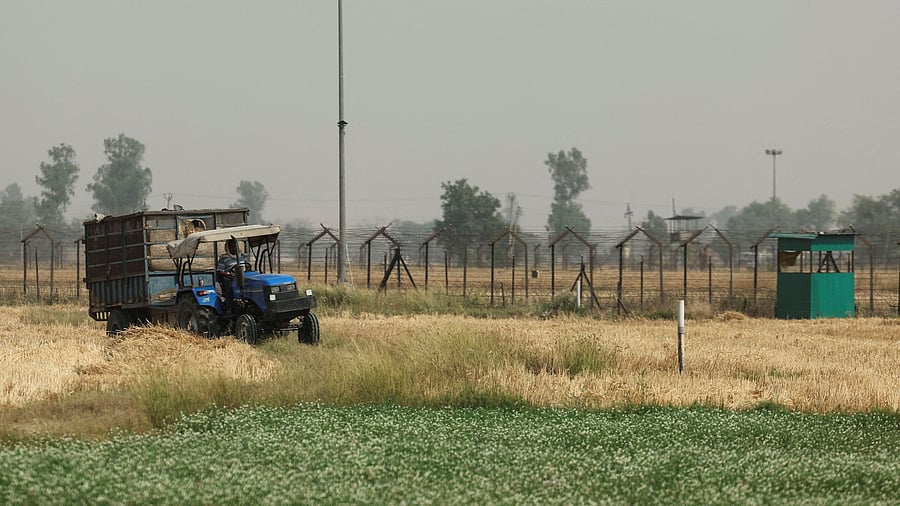
Between 2022 and 2024, a staggering 3,090 farmers died by suicide in Marathwada, as revealed by Union Agriculture Minister Shivraj Singh Chouhan in Parliament.
Credit: Reuters Photo
Mumbai: Historically known for its fertile lands and prosperous agricultural economy, Marathwada — “the house of the Marathi-speaking people” — is now grappling with severe agrarian distress marked by a water crisis, recurring crop failures, and rising farmer suicides.
The region comprises eight districts: Chhatrapati Sambhajinagar (formerly Aurangabad), Beed, Hingoli, Jalna, Latur, Nanded, Dharashiv (formerly Osmanabad), and Parbhani. Covering 64,590 sq km, Marathwada is geographically larger than several Indian states and some European countries. It borders Telangana and Karnataka, and within Maharashtra, it is surrounded by North Maharashtra and Vidarbha — both regions facing similar agricultural distress.
Between 2022 and 2024, a staggering 3,090 farmers died by suicide in Marathwada, as revealed by Union Agriculture Minister Shivraj Singh Chouhan in Parliament. The region saw 1,022 cases in 2022, 1,116 in 2023, and 952 in 2024.
Worryingly, the crisis has deepened in 2025. In just the first three months of this year, 269 farmer suicides were reported — a sharp rise from 204 deaths during the same period in 2024, according to data from the Chhatrapati Sambhajinagar divisional headquarters.
Beed district was the worst hit, recording 71 farmer suicides between January and March 2025, up from 44 during the same period last year. The district-wise breakdown for the same period is as follows: Beed (71), Chhatrapati Sambhajinagar (50), Nanded (37), Parbhani (33), Dharashiv (31), Latur (18), Hingoli (16), and Jalna (13).
Farmers’ problems
“On average, Maharashtra sees seven to eight farmer suicides daily,” said Kisan Putra Andolan leader Amar Habib. “Most of these are from families entirely dependent on agriculture, with no alternate income source.”
Controversy erupted recently when Maharashtra Agriculture Minister Manikrao Kokate remarked that farmers deliberately default on crop loans, hoping for waivers. He accused them of not investing in their fields despite government support. Though Kokate later apologised, Chief Minister Devendra Fadnavis and his deputy Ajit Pawar reprimanded him for his insensitivity.
Journalist and political analyst Nisar Ahmed Khan noted that the region has suffered from climate extremes in recent years — including frequent droughts, unseasonal rains, and hailstorms. He pointed to July 2022 floods that damaged cotton and pulses, and 2024 hailstorms that worsened crop losses. Combined with water scarcity, he said, “semi-arid conditions and inadequate irrigation leave farmers at the mercy of erratic monsoons.”
Groundwater depletion has added to the crisis, with borewells now drilled 700 to 1,000 feet deep, significantly raising irrigation costs. In 2015, major reservoirs like Manjara had zero live storage. As a result, many farmers have migrated to work as sugarcane cutters or as labourers in cities, disrupting families and local economies.
“The farmers of Vidarbha and Marathwada are in deep distress,” said Kishor Tiwari, a veteran farmers’ leader and former chairman of the state’s farm mission. “Yields and prices of cotton and soybeans have dropped. We must rethink credit, cost structures, and crop patterns.”
MK Kulkarni, a resident of Chhatrapati Sambhajinagar, warned of a worsening crisis. “The city is already facing a drinking water shortage. If this continues, we may see a repeat of the days when water had to be brought in by train, like it was done for Latur a decade ago.”